Type 2 Diabetes Lifestyle In Most Cases Of Type 1 Diabetes, People Need To Inherit Risk Factors From Both Parents.
Type 2 Diabetes Lifestyle. Can Type 2 Diabetes Be Prevented?
SELAMAT MEMBACA!
A number of lifestyle factors are known to be important to the development of type 2 diabetes including:
Type 2 diabetes has several causes:
Genetics and lifestyle are the most important ones.
A combination of these factors can cause insulin resistance, when your body doesn't use insulin as well as it should.

Lifestyle changes are often advised for people at higher risk of diabetes and those who are newly diagnosed with type 2, to help manage their diabetes.
The recommended lifestyle interventions include:
Taking two and a half hours each week of moderate intensity physical activity or one hour and.
Eventually, high blood sugar levels can lead to disorders of the circulatory, nervous and immune systems.
Type 2 diabetes is a disorder characterized by abnormally high blood sugar levels.
In this form of diabetes, the body stops using and making insulin the causes of type 2 diabetes are complex.

You can develop type 2 diabetes at any age, even during childhood.
Can type 2 diabetes be prevented?
You can prevent or delay type 2 diabetes with proven, achievable lifestyle changes—such as losing a small amount of weight and getting more physically active—even if you're at high risk.
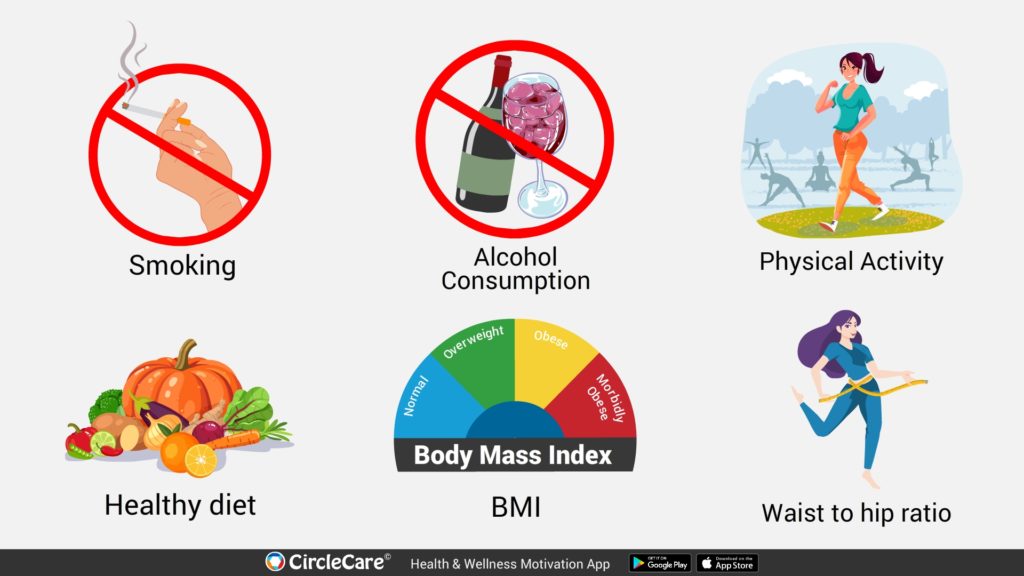
The good news about type 2 diabetes is that many cases can be put into complete remission through lifestyle changes.
People with type 2 diabetes are said to have insulin resistance.
If lifestyle changes don't get you to your target blood sugar levels, you may need medication.
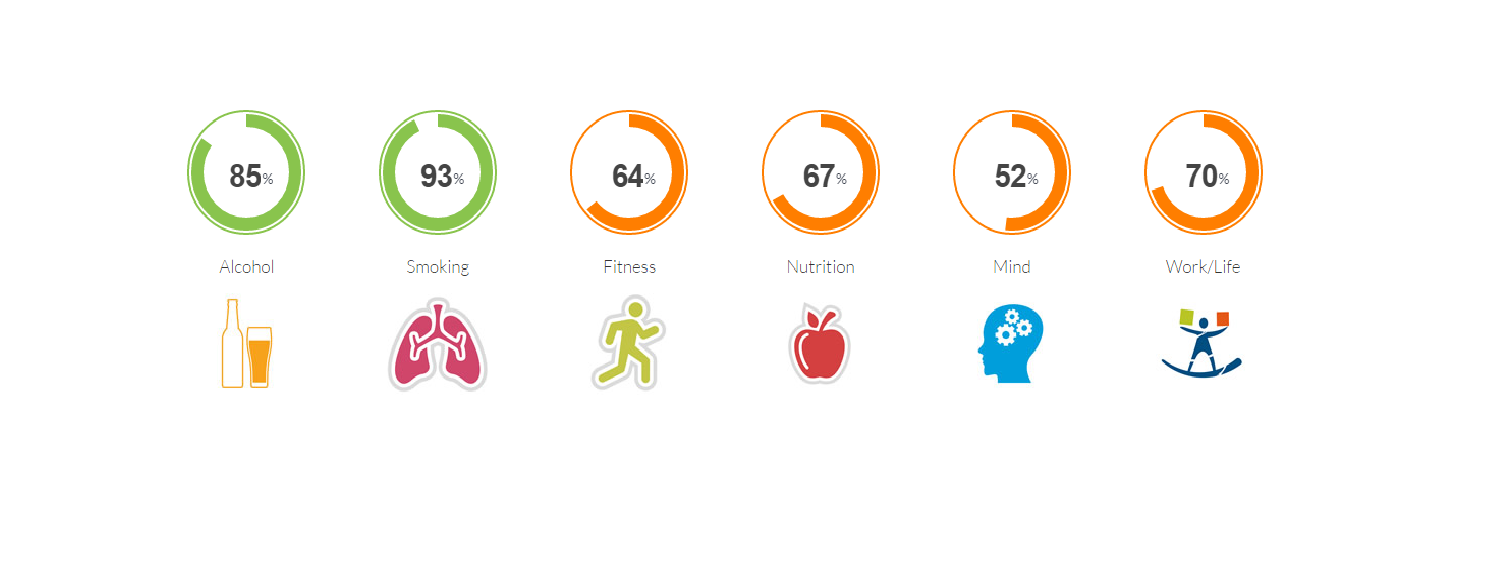
Diabetes is a complex disease.
Several factors must come together for a person to develop type 2 diabetes.
While genetics may influence whether you'll get this disease or not, other factors like environmental risk factors and a sedentary lifestyle also play a huge role.
At the time of diagnosis, the doctor will not be able to tell how the condition will affect a person's life expectancy.
A 2010 report from the united kingdom estimated that type 2 diabetes reduced life expectancy by up to 10 years, while type 1.
What are type 2 diabetes symptoms?

Who is at risk for type 2 diabetes and how is it prevented?
Certain factors can increase the risk that you will how is type 2 diabetes treated and managed?
Diet and lifestyle changes are important to lowering and stabilizing.
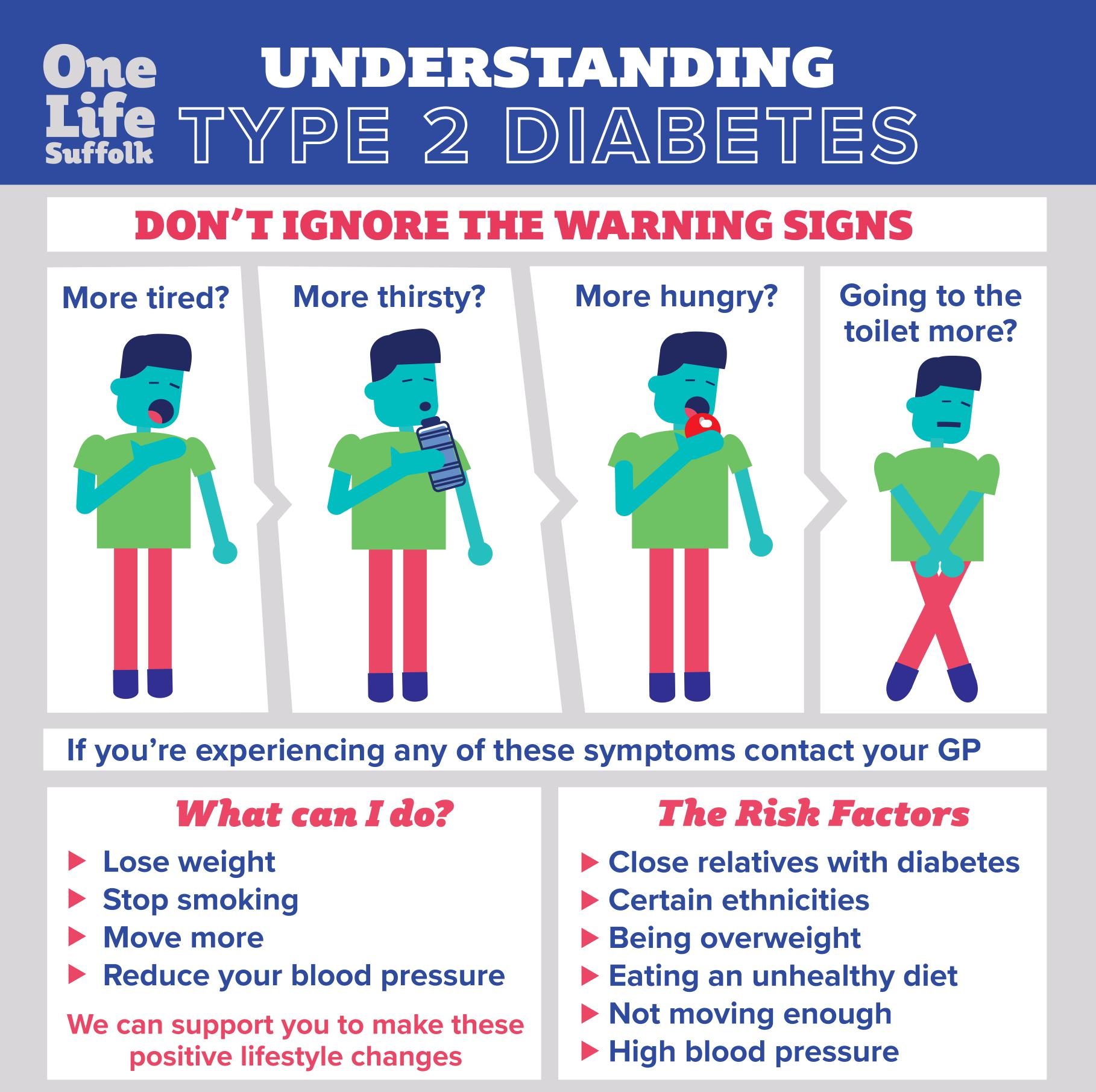
Insulin resistance, hyperinsulinemia and blood pressure:
Role of age and obesity.
Prevention of type 2 diabetes mellitus by changes in lifestyle among subjects with impaired.

In this article, we'll touch on the difference between type 1 and type 2 diabetes, as well as the specific symptoms to identify type 2 diabetes.
The incidence of type 2 diabetes is rapidly increasing worldwide due to the increasing occurrence of obesity and sedentary lifestyle.
Until recently, this type of diabetes was seen only in adults but it is now also occurring increasingly frequently in children.
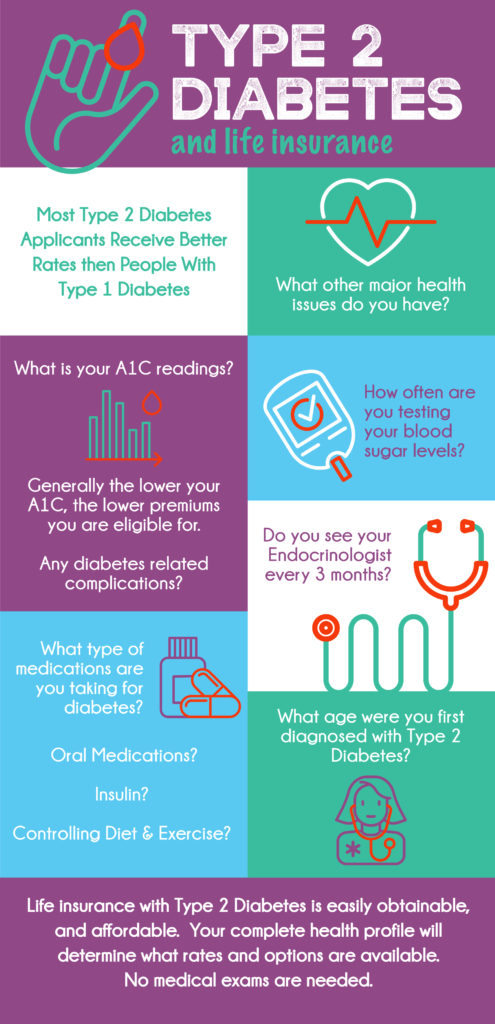
To help prevent type 2 diabetes and its complications, people.
Type 2 diabetes is a condition in which the cells cannot use blood sugar efficiently to meet the body's needs.
Symptoms include excessive thirst, frequent urination and weight loss, but many people don't know treatment options include medications, a type 2 diabetes diet, and other lifestyle changes.

The rise in cases echoes that of obesity, the prevalence of which is growing in western measures to improve lifestyle quality may be sufficient to regulate type 2 diabetes.
Losing weight if necessary, exercising and adopting a healthy.
Type 2 diabetes is a progressive condition and usually gets worse over time.

Type 2 diabetes is most commonly diagnosed in older adults, but is increasingly seen in children, adolescents and younger adults due to rising levels over time, a healthy lifestyle may not be enough to keep blood glucose levels under control and people with type 2 diabetes may need to take oral.
Type 2 diabetes accounts for about 90% to 95% of all diabetes cases.
Find out more about the symptoms, treatment and possible prevention of type type 2 diabetes can sometimes be prevented with lifestyle changes.

Being older (over 45) and.
The risk for type 2 diabetes is also higher if your family is of asian american, african american, native american, alaskan native, or hispanic descent.
For example, being overweight or obese and maintaining a sedentary lifestyle increases the risk for type 2 diabetes.

Type 2 diabetes is caused by insulin resistance (when cells become less sensitive to insulin), or when the pancreas produces less insulin than necessary for proper glucose balance. while family history and genetics play a role in the development of type 2 diabetes, lifestyle factors such as consuming a.
In most cases of type 1 diabetes, people need to inherit risk factors from both parents.
We think these factors must be more common in white people lifestyle also influences the development of type 2 diabetes.

Even with type 2 diabetes, you can live a happy life by doing simple changes in lifestyle.
When you have type 2 diabetes, proper nutrition is crucial.
While you'll be able to treat yourself in moderation every now and again, it's important to be aware of the sugar content in the foods and drinks that you.

Intensive lifestyle interventions provide ongoing counseling, coaching, or individualized guidance to patients with type 2 diabetes to help them change their diet, level of physical activity, or both.
Adhd & type 2 diabetes:
A surprising, stark health link.

We all need insulin to live.
It does an essential job.
It allows the glucose in our blood to enter our cells and fuel our bodies. Type 2 Diabetes Lifestyle. There are a number of different ways you can treat type 2 diabetes, such as making healthy lifestyle choices, using insulin or taking medication.
A number of lifestyle factors are known to be important to the development of type 2 diabetes including:

Type 2 diabetes has several causes:
Genetics and lifestyle are the most important ones.
A combination of these factors can cause insulin resistance, when your body doesn't use insulin as well as it should.
Lifestyle changes are often advised for people at higher risk of diabetes and those who are newly diagnosed with type 2, to help manage their diabetes.
The recommended lifestyle interventions include:
Taking two and a half hours each week of moderate intensity physical activity or one hour and.

Eventually, high blood sugar levels can lead to disorders of the circulatory, nervous and immune systems.
Type 2 diabetes is a disorder characterized by abnormally high blood sugar levels.
In this form of diabetes, the body stops using and making insulin the causes of type 2 diabetes are complex.

You can develop type 2 diabetes at any age, even during childhood.
Can type 2 diabetes be prevented?
You can prevent or delay type 2 diabetes with proven, achievable lifestyle changes—such as losing a small amount of weight and getting more physically active—even if you're at high risk.
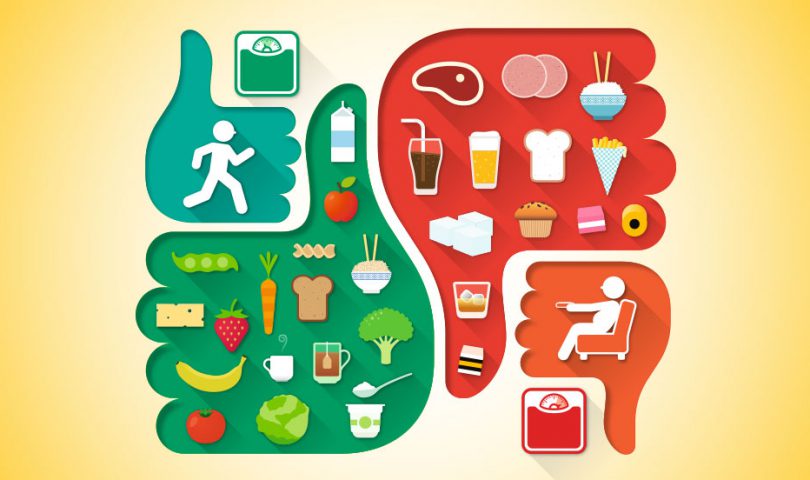
The good news about type 2 diabetes is that many cases can be put into complete remission through lifestyle changes.
People with type 2 diabetes are said to have insulin resistance.
If lifestyle changes don't get you to your target blood sugar levels, you may need medication.
Diabetes is a complex disease.
Several factors must come together for a person to develop type 2 diabetes.
While genetics may influence whether you'll get this disease or not, other factors like environmental risk factors and a sedentary lifestyle also play a huge role.
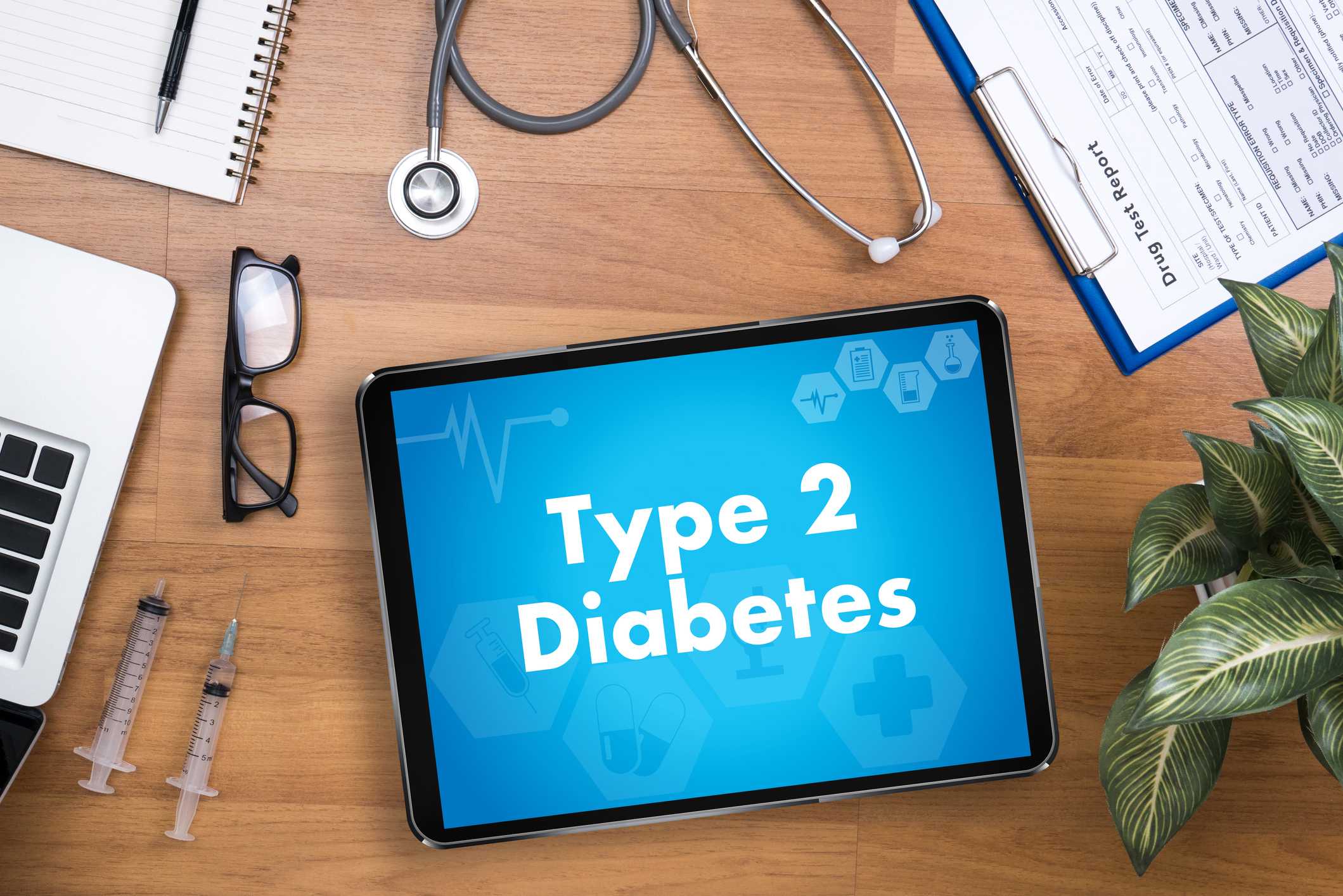
At the time of diagnosis, the doctor will not be able to tell how the condition will affect a person's life expectancy.
A 2010 report from the united kingdom estimated that type 2 diabetes reduced life expectancy by up to 10 years, while type 1.
What are type 2 diabetes symptoms?

Who is at risk for type 2 diabetes and how is it prevented?
Certain factors can increase the risk that you will how is type 2 diabetes treated and managed?
Diet and lifestyle changes are important to lowering and stabilizing.

Insulin resistance, hyperinsulinemia and blood pressure:
Role of age and obesity.
Prevention of type 2 diabetes mellitus by changes in lifestyle among subjects with impaired.

In this article, we'll touch on the difference between type 1 and type 2 diabetes, as well as the specific symptoms to identify type 2 diabetes.
The incidence of type 2 diabetes is rapidly increasing worldwide due to the increasing occurrence of obesity and sedentary lifestyle.
Until recently, this type of diabetes was seen only in adults but it is now also occurring increasingly frequently in children.
To help prevent type 2 diabetes and its complications, people.
Type 2 diabetes is a condition in which the cells cannot use blood sugar efficiently to meet the body's needs.
Symptoms include excessive thirst, frequent urination and weight loss, but many people don't know treatment options include medications, a type 2 diabetes diet, and other lifestyle changes.

The rise in cases echoes that of obesity, the prevalence of which is growing in western measures to improve lifestyle quality may be sufficient to regulate type 2 diabetes.
Losing weight if necessary, exercising and adopting a healthy.
Type 2 diabetes is a progressive condition and usually gets worse over time.
Type 2 diabetes is most commonly diagnosed in older adults, but is increasingly seen in children, adolescents and younger adults due to rising levels over time, a healthy lifestyle may not be enough to keep blood glucose levels under control and people with type 2 diabetes may need to take oral.
Type 2 diabetes accounts for about 90% to 95% of all diabetes cases.
Find out more about the symptoms, treatment and possible prevention of type type 2 diabetes can sometimes be prevented with lifestyle changes.

Being older (over 45) and.
The risk for type 2 diabetes is also higher if your family is of asian american, african american, native american, alaskan native, or hispanic descent.
For example, being overweight or obese and maintaining a sedentary lifestyle increases the risk for type 2 diabetes.

Type 2 diabetes is caused by insulin resistance (when cells become less sensitive to insulin), or when the pancreas produces less insulin than necessary for proper glucose balance. while family history and genetics play a role in the development of type 2 diabetes, lifestyle factors such as consuming a.
In most cases of type 1 diabetes, people need to inherit risk factors from both parents.
We think these factors must be more common in white people lifestyle also influences the development of type 2 diabetes.

Even with type 2 diabetes, you can live a happy life by doing simple changes in lifestyle.
When you have type 2 diabetes, proper nutrition is crucial.
While you'll be able to treat yourself in moderation every now and again, it's important to be aware of the sugar content in the foods and drinks that you.

Intensive lifestyle interventions provide ongoing counseling, coaching, or individualized guidance to patients with type 2 diabetes to help them change their diet, level of physical activity, or both.
Adhd & type 2 diabetes:
A surprising, stark health link.

We all need insulin to live.
It does an essential job.
It allows the glucose in our blood to enter our cells and fuel our bodies. Type 2 Diabetes Lifestyle. There are a number of different ways you can treat type 2 diabetes, such as making healthy lifestyle choices, using insulin or taking medication.
Komentar
Posting Komentar